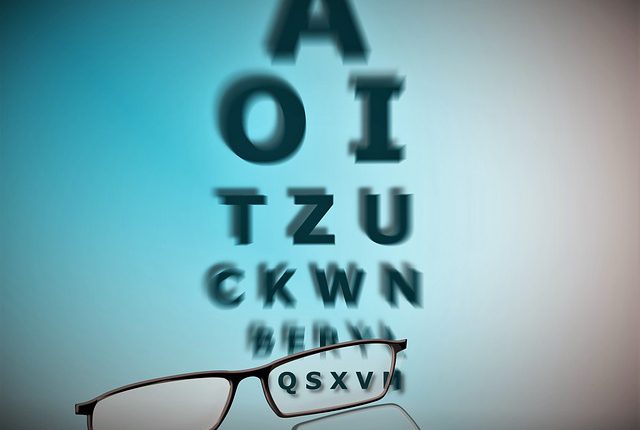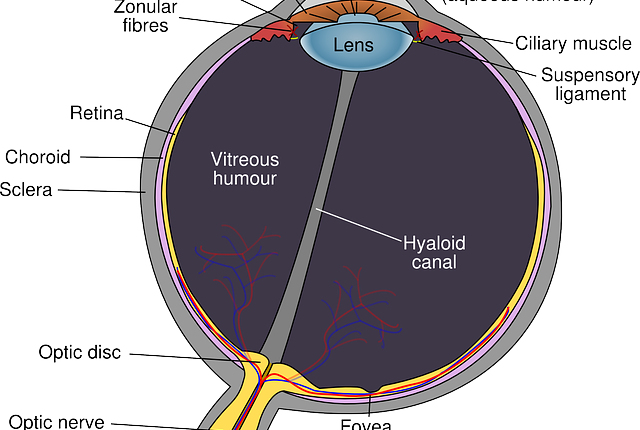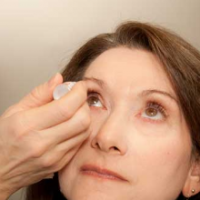Eye care professionals use a combination of tests to detect glaucoma. Seniors are encouraged to have these tests every two years.
An Eye Disease That Puts The Optic Nerve Under Pressure
Glaucoma, the leading cause of blindness in the U.S., is one of four major ARED’s, age-related eye diseases. It is a disorder that damages the optic nerve, the transmission line of 1 million+ nerve fibers that sends pictures from the eye to the brain. In many victims, this illness progresses silently, leading to the alias of “thief in the night.”
In most (but not all) types of this disease, the fluid that nourishes the eye (aqueous humor) cannot drain through the meshwork situated in the angle where the iris and the cornea meet. Since the eye is a closed system, the fluid builds up, as does the pressure. This compresses the optic nerve cells, causing damage. Left unchecked, the cells can die, leading to a permanent loss of vision. So it is very important to get an early diagnosis and treatment. Note: The other three ARED’s are cataracts, age-related macular degeneration and diabetic retinopathy.
TYPES OF GLAUCOMA
- Open-Angle: The most common type of glaucoma. The angle is open, but for some unknown reason the eye fluid passes too slowly through the drain.
- Closed-Angle: Eye fluid cannot drain out of the eye because the angle is blocked by part of the iris. Symptoms can include severe pain, headache, nausea, eye redness and blurred vision. (Also known as Acute or Narrow Angle.) This is a medical emergency that requires immediate attention.
- Normal-Tension: Pressure in the eye is normal, but the optic nerve becomes damaged anyway. Also known as Low-Tension.
- Secondary: The result of another medical problem, such as an eye injury or surgery, advanced cataracts, an eye tumor, diabetes or a reaction to steroid usage.
- Congenital: Affects children born with a defect in the eye drainage system.
WHO’S AT RISK?
There are over 3 million people in the U.S. that are afflicted with glaucoma, of which half don’t know they have it. Although, anyone can be a victim of this disease, some people face a higher risk for contraction. They include:
- People over the age of 60. The risk increases as the age of the senior increases.
- People of Afro-American descent. They have an incidence rate of glaucoma that is much higher than the rest of the population and are stricken with the disease at younger ages.
- People suffering from diabetes.
- People with a family history of glaucoma.
- People with a high degree of nearsightedness.
- People who have had an eye injury or eye surgery.
- People who have taken steroids for long periods of time.
Eye drops are a common treatment for Glaucoma. For tips on how to give eye drops please see Eye Drops – Caregiver Tips.
(Sources: National Eye Institute, Glaucoma Research Foundation, Glaucoma Foundation)





Share this entry